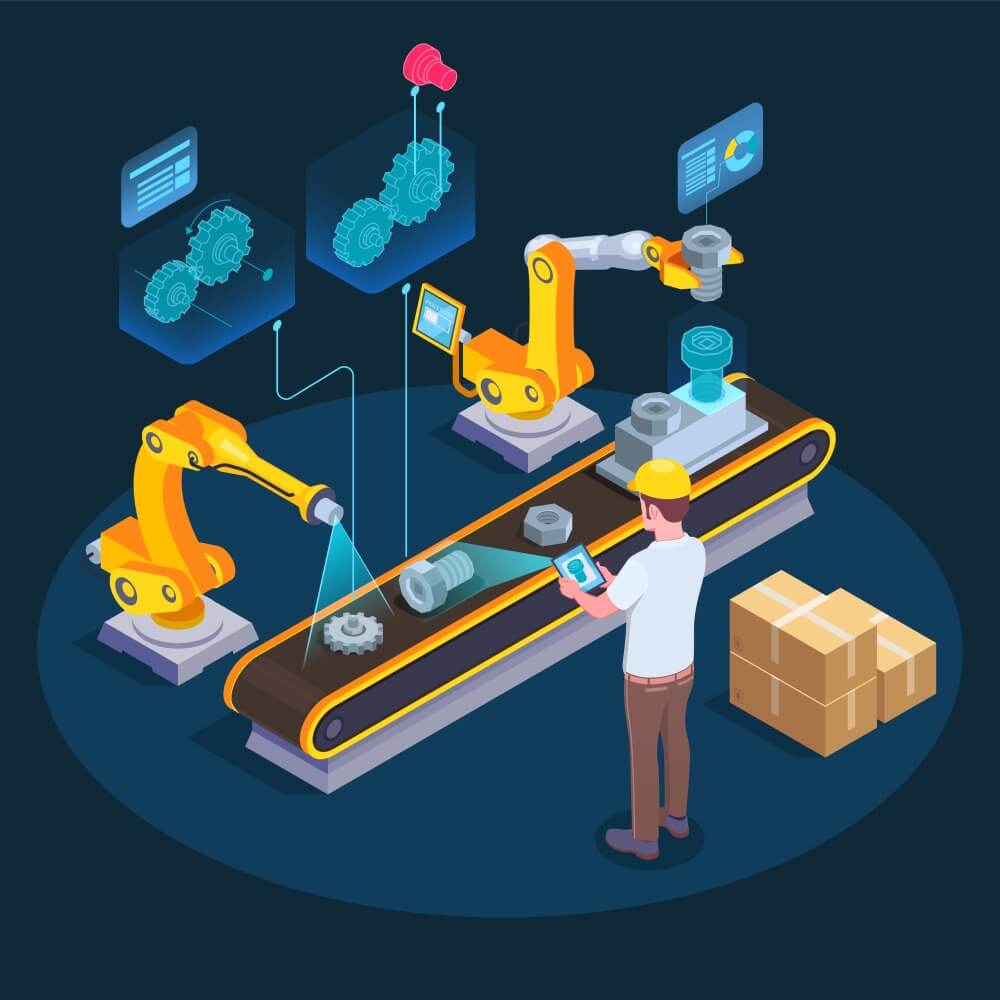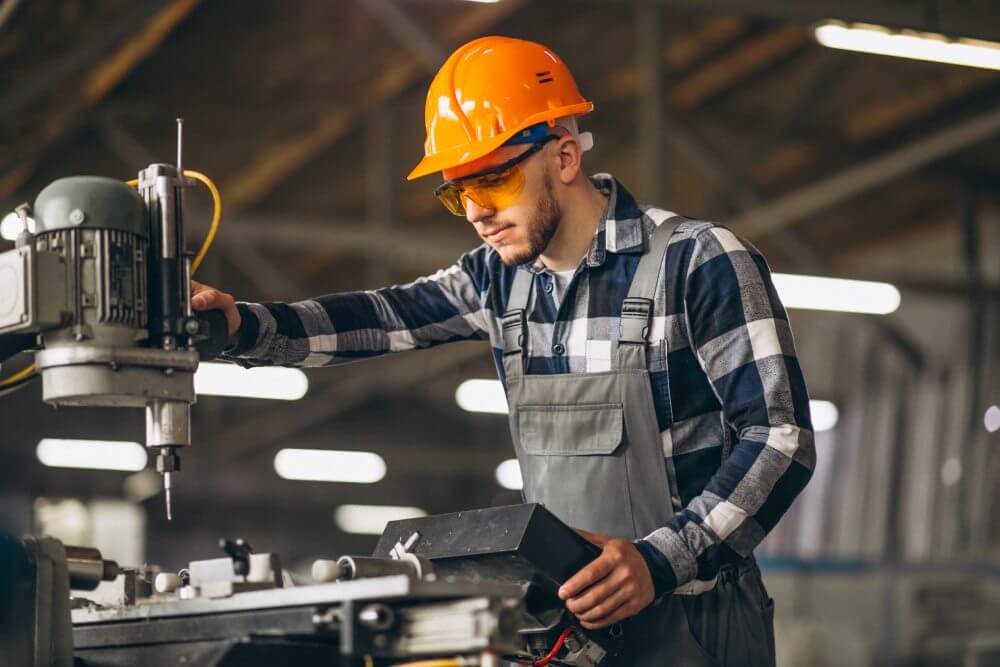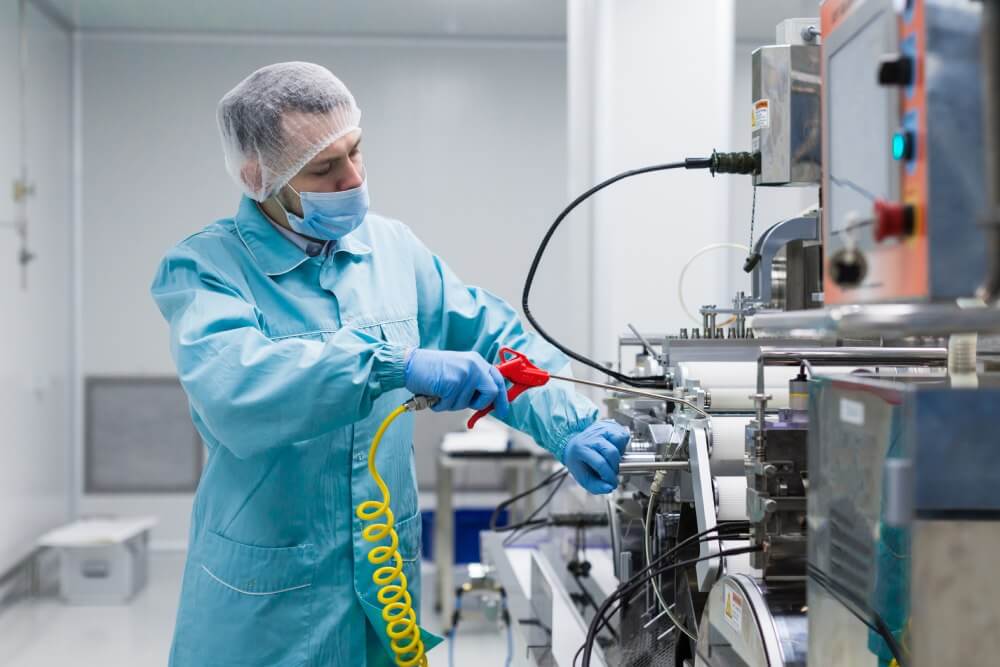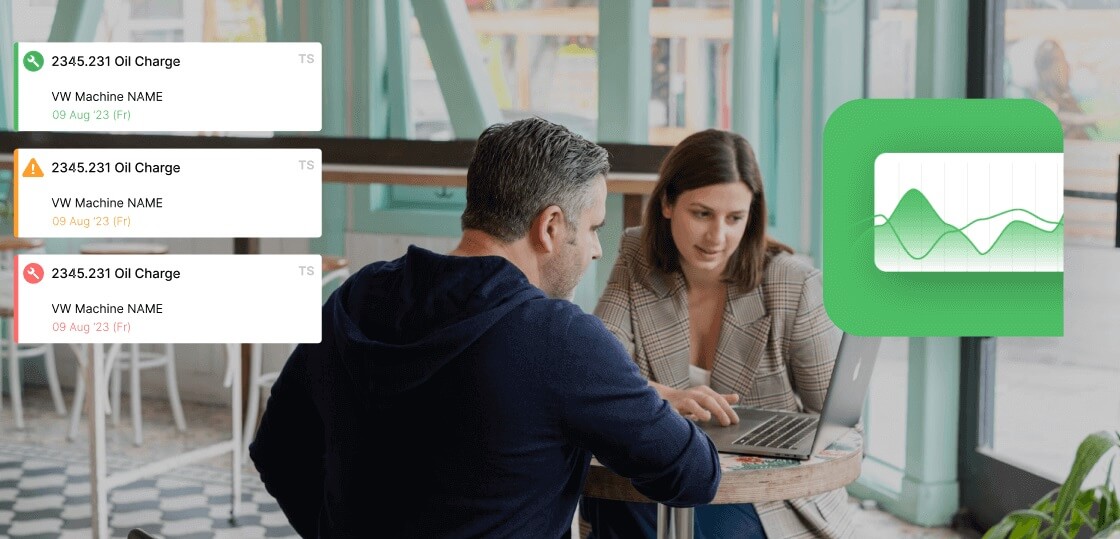Key Takeaways
-
AI (Artificial Intelligence) supercharges your OEE program by analyzing your data to find complex patterns and predict future failures before they happen.
-
The top three practical applications are 1. Predictive Maintenance (PdM), 2. Automated Root Cause Analysis, and 3. AI-Powered Quality Control via computer vision.
-
The true power of an AI-driven system is its ability to connect a predictive diagnosis (a machine is likely to fail) to a proactive cure (an automatically scheduled work order in your CMMS to fix it before it stops).







